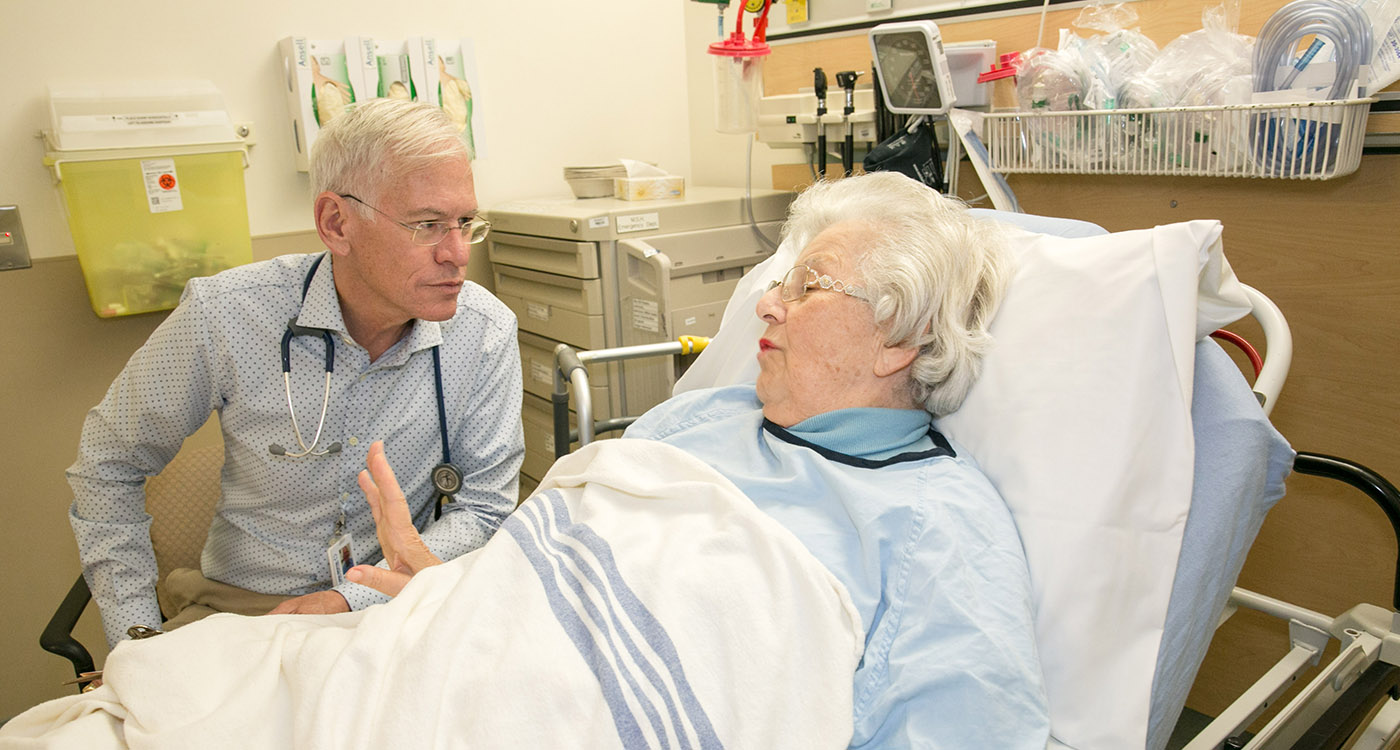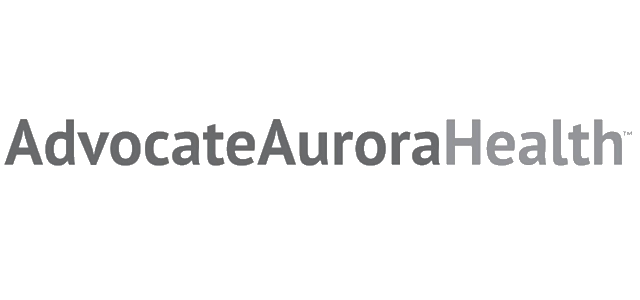Communicating with Seriously Ill Older Patients in the Emergency Department
GED Newsletter
GED Newsletter, December 2019Background
Good communication with older adults and their caregivers in the Emergency Department (ED) is important in delivering high-quality care. Effective, empathetic communication improves patient and family coping skills and creates a care plan that is consistent with the patient’s goals. It also improves the important metrics of patient satisfaction, patient safety, health outcomes, and cost of care.
ED clinicians play a crucial role in our health system for older adults with serious illness. In the US, 75% of older adults have at least one ED visit in the last six months of life, and 50% in the last month. Care plans created in the ED set the trajectory for the site and intensity of subsequent care.
Communication in the ED is challenging, and there is a gap between what providers say and what patients hear. It is often more difficult with older patients due to vision/hearing issues, cognitive impairment, and the inherently complex, multifactorial nature of their presentations. Clear, caring communication in the ED may be considered a procedure and, like any emergent procedure, is improved with training and repetition.
The Center for Medicare and Medicaid Services measures the quality of care at hospitals and emergency departments in part by asking patients to rate provider communication. For older adults with serious illness, caregiver communication is equally important, as caregivers may complete satisfaction surveys. For ED providers facing ongoing productivity and throughput pressure, increasing administrative focus on patient satisfaction and communication may be unwelcome. Here are some practical suggestions to efficiently improve communication with older adults, while also augmenting quality and goal-concordance.
 Clear, caring communication in the ED may be considered a procedure and, like any emergent procedure, is improved with training and repetition.
Clear, caring communication in the ED may be considered a procedure and, like any emergent procedure, is improved with training and repetition.
10 Practical Ways to Improve Communication with Older Patients in the ED
- Consider how hearing and vision difficulty may affect communication. Provide hearing and vision assistive devices as needed.
- Consider how chronic or acute cognitive impairment (dementia/delirium) affects communication. If precluding effective communication, contact a surrogate decision-maker and/or ancillary historian/caregiver.
- Older patients and their caregivers frequently note that the ED “Didn’t understand the real reason” for the ED visit. Fully understanding the chief complaint often involves asking about cognition and function. Consider asking the patient and caregiver: “What changed today?”, “What are you most worried about?” and “Can you tell me more?”
- Older adults frequently present to the ED because they are no longer able to function in their current environment. Inquiring about specific self-care activities such as toileting, walking, and taking medications provides a fuller understanding of the patient’s emergent needs.
- Seek to understand the caregiving environment. Who helps with ADLs and iADLS? Are they still able and willing to help given the acute change inpatient or caregiver status? Ask about caregiver stress.
- Developing a patient-centered plan requires setting the ED visit in the context of ongoing illness. Understand the patient’s prognosis and trajectory by reviewing the EMR and contacting PCP and specialists.
- When communicating grave news, employ a structured approach. Use phrases such as: “Tell me what you understand.”, “What matters most to you?”, “What are you most worried about?”, and “Based on your goals of care, I recommend….”
- Sit down during conversations. This enhances patient satisfaction and the perception of the amount of time providers spent with them.
- Facilitate a discussion between the patient/caregiver and their PCP or specialist while in the ED to coordinate subsequent care.
- Use a structured conversation template, such as the SPIKES tool, to guide and document discussions in an accessible place in the EMR.
References
- Paget, L., P. Han, S. Nedza, P. Kurtz, E. Racine, S. Russell, J. Santa, M. J. Schumann, J. Simha, and I. Von Kohorn. 2011. Patient-Clinician Communication: Basic Principles and Expectations. NAM Perspectives. Discussion Paper, National Academy of Medicine, Wash, DC.
- Palliative Medicine and Geriatric Emergency Care Rosenberg, Mark et al.Clinics in Geriatric Medicine, Volume 29, Issue 1, 1 – 29
- Recommendations for Best Communication Practices to Facilitate Goal-Concordant Care for Seriously Ill Older Patients with Emergency Surgical Conditions. Ann Surg 263(1) Jan 2016. 1-6.

